Refractory bricks with high porosity are used refractory brick. Refractories solid materials that can withstand high temperatures and maintain their performance in any situation even in contact with corrosive liquids or gases.
Fire brick is required for all high temperature processes such as metal, cement, glass and ceramic production. Various refractory materials are currently used to meet the needs of different industrial sectors.
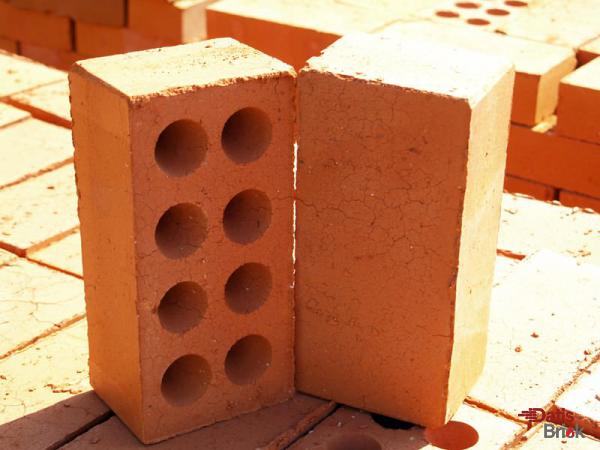
Failures can be classified in a number of ways, including installation methods, type of joint (temperate, ejection), and chemical composition (acid, base or neutral).
fire refractory bricks
Refractory brick is one of the bricks that nowadays attracts much attention by architects and architects, because its beauty, efficiency and color diversity are much better than conventional bricks.
Refractory bricks have different applications, from internal lining of furnaces, making the latest models of barbecue, landscaping, building facades and interior decoration.
The brick model is compatible with weather conditions. Architects are offered use refractory brick in order to preserve the building and prolong its life under weather conditions, wear, heat and cold.
In the rest of this article from the manufacturer, we will review this element and its features thoroughly, so stay with us until the end.
Fiery bricks are made of refractory materials that are resistant to heat and maintain their physical and chemical properties at high temperatures.
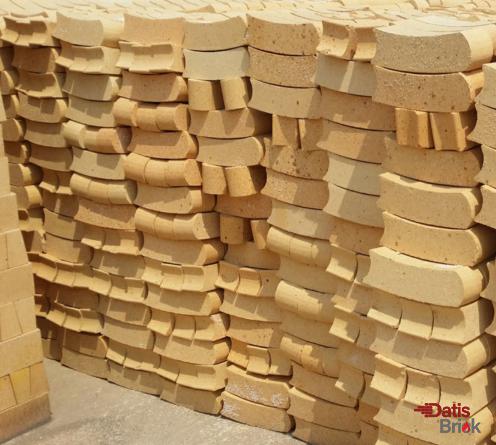
In addition to high thermal resistance, bricks produced by refractory materials are also resistant to damages such as chemicals, mechanical loads, and shocks.
This product is a kind of brick with a good molecular structure, regular and dense, which makes it very stable at high temperatures. Chinese soil is used in construction of refractory bricks.
This soil contains refractory minerals that play an important role in increasing the strength of the bricks.
Ceramic clay preserves the physical and chemical properties of the brick at high temperatures and provides it with a stable condition. This ideal thermal resistance allows the use of brick in furnaces and frames.
There are different types of refractory brick there due to the materials used in the building. Generally, firebricks can be divided into four categories: alkali fire bricks, special fire bricks, aluminum bricks and silica bricks described below.
Industrial refractory brick are bricks that have a special shape. The bricks are also known as kilns. This type of brick is divided into two categories, apparently.
Silicon dioxide and magnesium oxide are used in making alkali refractory brick. However, in certain situations, iron oxide and chromium oxide can be added to the brick to increase its heat capacity.
The brick is used in circular furnaces to produce cement, coating walls of open steel furnaces, glass melting furnaces, and non-ferrous metal industries.
A high percentage of aluminum oxide or aluminum is used in the production of refractory aluminum brick. The brick is baked at 1200 to 1800 temperatures and is used in the interior walls of steel melting furnaces, glass furnaces and cement furnaces due to its high strength.
The main element of this type of brick is silica soil. It contains silicon dioxide, iron oxide, titanium dioxide, sodium oxide, potassium oxide and aluminum oxide and has a very high thermal conductivity and resistance to gas diffusion. Silica refractory bricks are used in Coca-Cola gas furnaces, steel furnaces, ceramic furnaces and glass factories.
Special refractory bricks are transferred from metals and are used in different kinds of Chromium oxide refractory brick, zirconium refractory brick and chromium oxide refractory brick. Corrum Chromium Oxide Refractory Brick:
About 95% of this type is aluminum oxide brick and 5% is chromium oxide. Chrome plated brick inside blast furnace is used to melt iron.
Conical refractory brick: The thermal resistance of zirconium refractory brick is very high, so it is used in glass melting furnace and aluminum smelting furnace.
Chrome fire brick: This kind of brick is used in glass furnaces and 95% of it is chromium oxide. Refroractores or fire bricks are placed in a predefined geometry and so on, while refractores, which are usually prepared in powder form, are installed by pouring, trolling, pellet, vibration.
And injection into the powder. In the fracture group, another distinction is made between ceramic brick and carbon bond.
Connected or fired bricks are fired at high temperatures (1500 °C) using adhesive and firing process, while attached or heated bricks are fired at low temperatures (300 °C) using temporary adhesive.
Becoming hydrocarbon (resin, oil etc.) and the final resistance during the classification of fire brick is returned to its main raw materials.
Currently, manufacturers use many materials to produce refractory brick, such as alumina silicate, silica and zirconia that are usually used at low temperature. In addition, base refractors including magnosia, dolomite and spinel are often combined with carbon and graphite and used in very simple environments.
They can withstand the highest operating temperature but are exposed to water and therefore need proper maintenance.
Neutral refractors such as chromia and alumina are widely used.
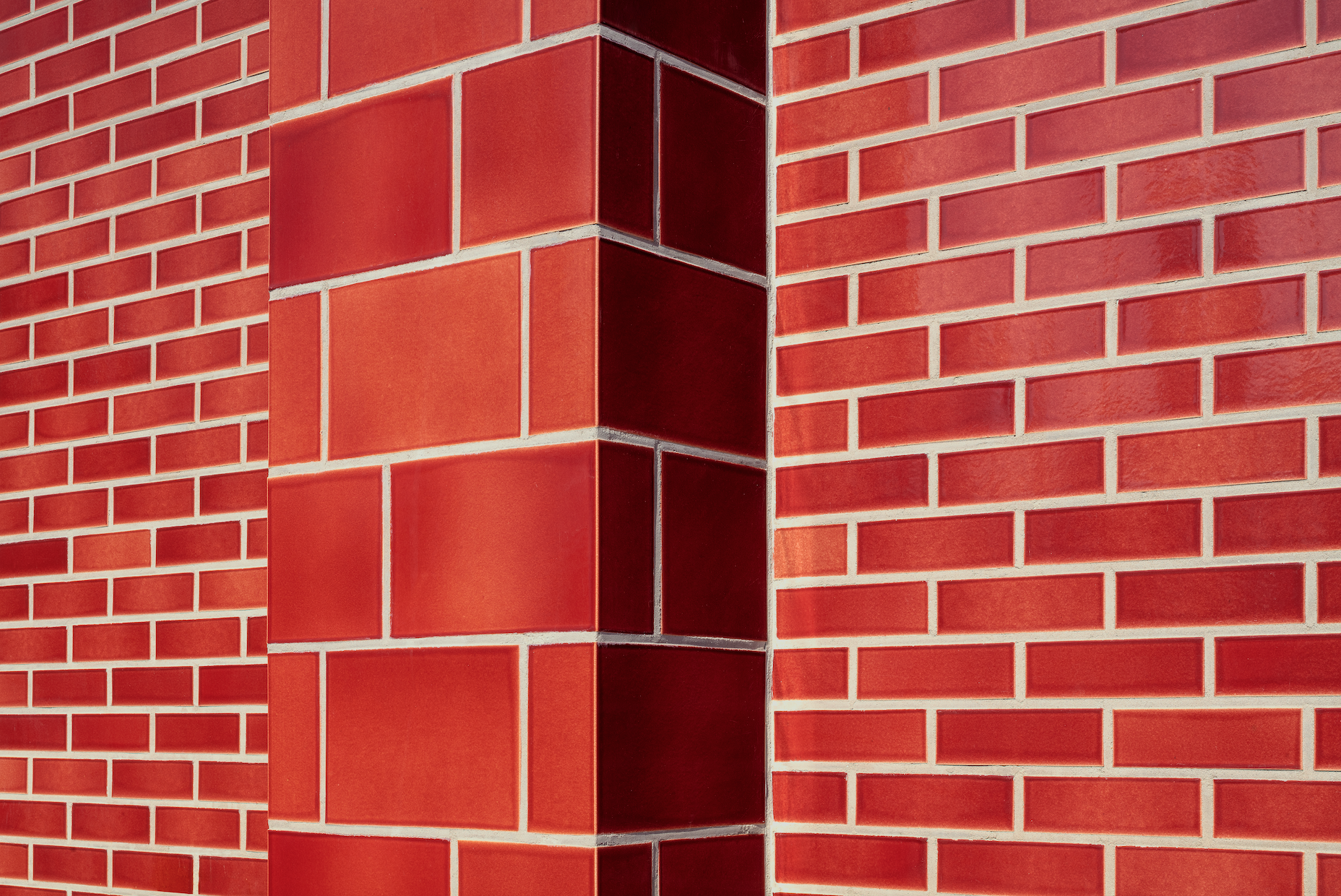
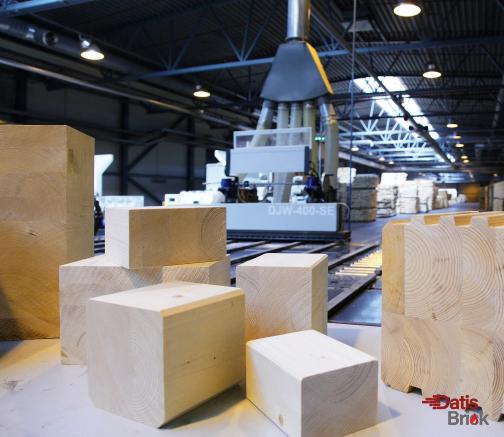
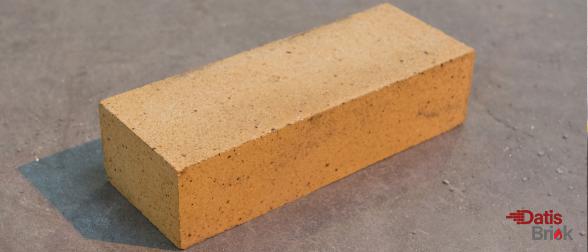


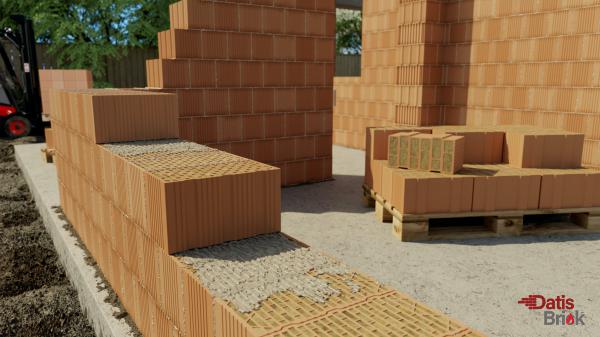


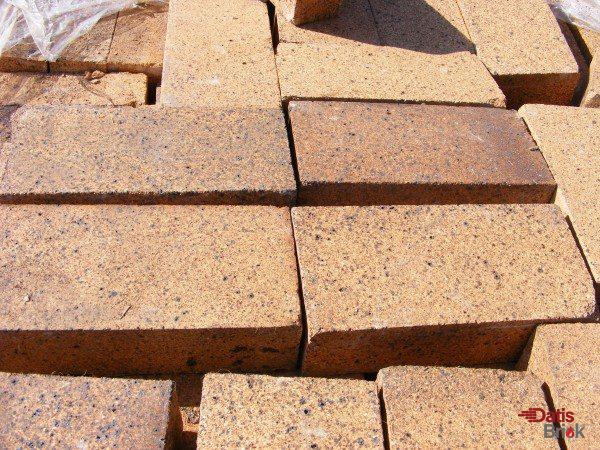

Your comment submitted.